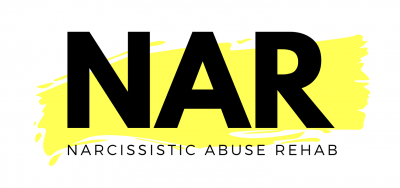Dr. Olivia Remes on why we are becoming so narcisistic in the aftermath of the impact of the self-esteem movement and modern technology.
Fragility
Psycho-Emotional Abuse: The Essential Guide was made to provide you with greater knowledge of this fundamental component of narcissistic abuse. This information will give you a clear understanding of: Let’s get started. What is psycho-emotional abuse? Psycho-emotional abuse describes any non-physical pattern of behavior that intentionally harms an individual’s mental state and undermines their ability to reach their full potential. It…


